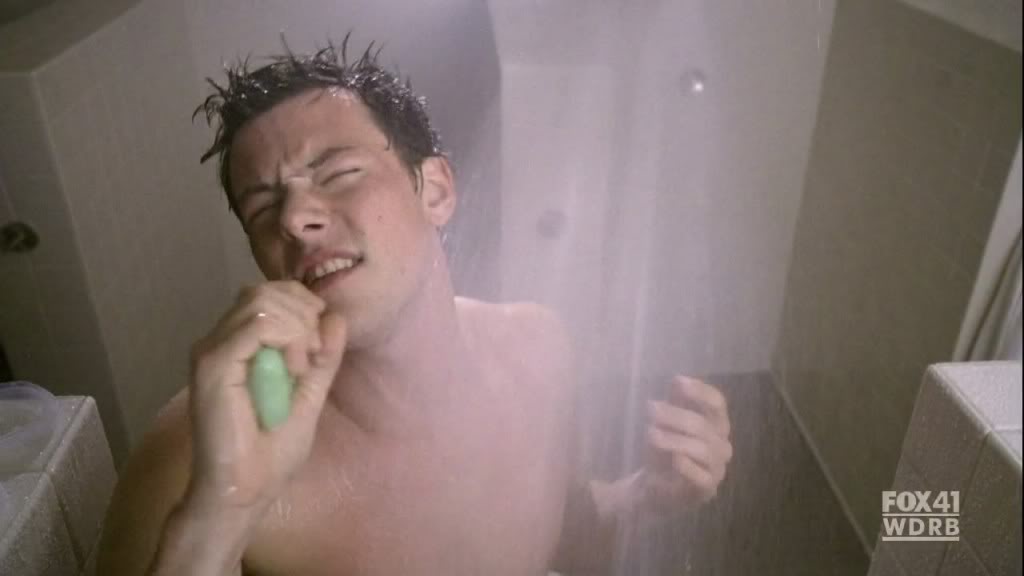Now that summer is officially wrapping up, all we have left is the faint tans from that beach trip in June, the strips of blonde in our hair hair that we never thought would exist, and lines on our backs from the endless sunburns. However, after meeting so many new people during this first month of school, and them asking if I am “really that tan” and “wow, how did you get such natural looking highlights”, I got to thinking about my summer color a little bit.
How is it that my skin gets to be so dark in the summer, but my hair gets almost entirely blonde? I’m in the same sun everyday and I do’t use any funky products, so how come such opposite affects happen to my body in the Summer?
Stars in the sky:

The Skin Cancer Foundation created this info graphic, comparing the strength of UVA rays to UVB rays against the layers of skin.
Although we see it as a pretty bright white circle in the center of the sky, the sun isn’t as innocent as it looks. For 6 billion years, the sun has been casting its UV A and B rays among the people of earth, including you. The two types of rays, UVA and UVB are very different. UVA rays are longer and are the most persistently active throughout a normal day, especially when tanning. They are less intense than UVB however. UVB rays are shorter rays which also go through the atmosphere an effect our lives. UVB rays are most common when dealing with cancer and burns relating to the sun. The Skin Cancer foundation found all the aforementioned information, as well as a comparison of the 2 different types of UV rays to be true.
How come I get SO tan SO quickly during the summer months?
According to Dr. Andrew Shafer of Stanford University, the reason sun worshipers like you and me get so tan, is because the sun is destroying the melanin that your body already has. Therefore, in order for your skin to protect itself, it creates darker melanin and produces more of it, creating darker skin. What is your skin protecting you from? Well, there are dangerous things out there like Cancers and UV rays, so the tan that your skin creates almost acts as a shield for your body. There are 2 steps to tanning accroding to Dr. Shafer:
- Immediate Pigment Darkening: This occurs when your skin first reacts with harsh sunlight. This can happen over the course of a day or even just a few minutes in the sun.
- Delayed Tanning: This step begins when there is finally enough damage to your skin cells, that the DNA must begin to craft new skin cells that are all darker, in order to protect you from the sun for a long term period of time.
When you tan so darkly, it is a sign that your body is being beaten down by the sun.
Where’d I get that blonde hair!?
Actually, you now have colorless hair. That’s right. The hot and very bright UV rays of the sun actually stripped the color from your once dark brown hair, and in return you now have lovely free highlights- feel free to skip you trip to the salon this month.
The destruction of melanin in hair that goes on, as well as the production of fibers and other proteins begin to make your summer hair very tangled and knotty, creating thinner and more damaged hair. The only way to let this hair go, is to grow it out or cut it off.
Why do  I put myself through this year after year?
I put myself through this year after year?
So, it’s September again and my tan is fading, but my blonde hair lives on, and all I have left of summer are the memoriess and tan lines. However, doing research for this got me thinking, even though I love the sun and I’m outside everyday of the summer, I never really knew why the body reacted to sun in this way. I always figured it was a complimentary make-over for the start of the new school year (jokes…but seriously I never considered how harmful the sun is to other parts of my body besides the skin). Also, I figured, if I’m not getting burnt, then I must be OK and my skin must be healthy. Wrong. A natural tan is working against UV rays and DNA transformations to ensure healthier skin, but in reality it’s already damaged.
 nce menstrual migraines, which as they sound, are migraines that flare up at the time of a woman’s period, the Migraine Research Foundation says.
nce menstrual migraines, which as they sound, are migraines that flare up at the time of a woman’s period, the Migraine Research Foundation says.




































